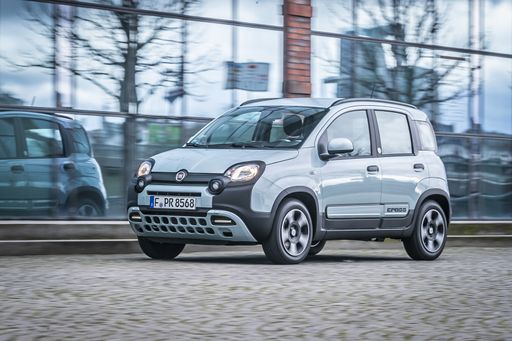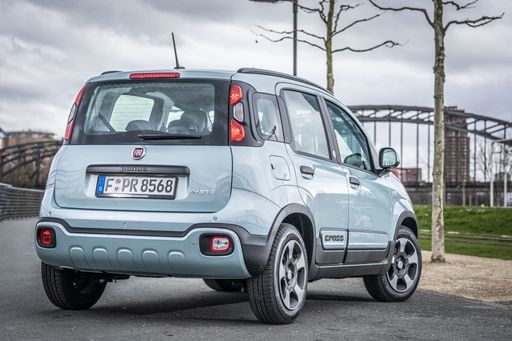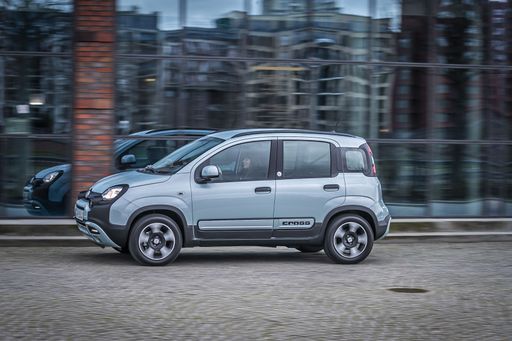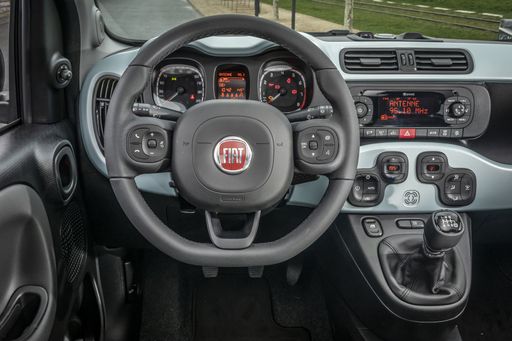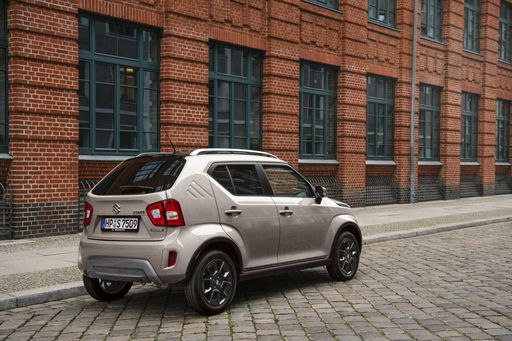Introduction: Urban Efficiency Meets Rugged Compactness
When it comes to choosing a small car that perfectly balances urban practicality with innovation, the Fiat Panda and Suzuki Ignis have long been contenders. While each car offers its own unique advantages, understanding the technical aspects and innovations can greatly influence your choice. Let's dive into a comparative analysis of these two remarkable compact vehicles.


